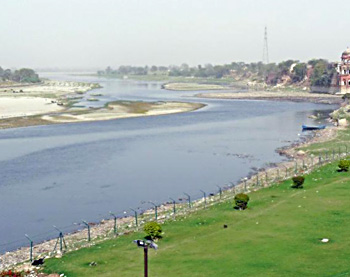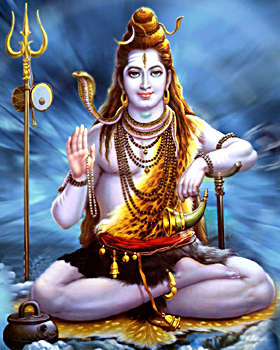 Culture in the Epic age did witness social and economical progress. When the epic began, the centre of civilisation was in the valleys of the River Ganga and the River Yamuna. Here came the flourishing kingdoms of the Kurus, the Panchalas, the Salvas, the Matsyas and the confederacy of the Yadavas of Mathura. By the end of the epic, the Aryan civilisation had extended over the whole of the vast sub-continent.
Culture in the Epic age did witness social and economical progress. When the epic began, the centre of civilisation was in the valleys of the River Ganga and the River Yamuna. Here came the flourishing kingdoms of the Kurus, the Panchalas, the Salvas, the Matsyas and the confederacy of the Yadavas of Mathura. By the end of the epic, the Aryan civilisation had extended over the whole of the vast sub-continent.
Customs in Epic Age
The Kingdom during that age had attained a high level of prosperity. People had a supply of the good things of life, of horses and cattle and corn and wealth. The various orders of society had discharged their responsibilities properly. The capital was immaculate, roads were spacious and well laid out and were regularly watered. People were freely and regularly consulted by the power.
Women were considered at par with men in the sense that whatever the husband did for the acquisition of merit or spiritual evolution was to be fully shared by the wife. She sit by his side during the ceremonies. Marriage was considered to be a sacred trust. Religion and Philosophy:
Religion in Epic Age
 In religion there was greater prominence in the worship of the trinity- Lord Brahma, Lord Vishnu and Lord Shiva. Worship of Lord Krishna and Lord Rama had also come in vogue. Ritualism had become all important. Taboos of all sorts came into existence.
There was a great growth of ceremonial religion and consequently leading to priesthood. The Bhakti form of religion came into prominence. The concept of Trimurti is enunciated here.
In religion there was greater prominence in the worship of the trinity- Lord Brahma, Lord Vishnu and Lord Shiva. Worship of Lord Krishna and Lord Rama had also come in vogue. Ritualism had become all important. Taboos of all sorts came into existence.
There was a great growth of ceremonial religion and consequently leading to priesthood. The Bhakti form of religion came into prominence. The concept of Trimurti is enunciated here.
Philosophy in Epic Age
The background continues to be the Vedic Age in philosophy. New divinities like skanda and Visakha were introduced. The whole cosmos was conceived as a "perpetual process of creation and destruction filling eternity with an everlasting rhythm," and the entire scheme is placed under the law of `karma` which provides that every individual shall reap the fruits of deeds performed in previous lives. The Upanishads are followed as far as philosophy is concerned. Soul, Nature and God form the three principal themes of Upanishads. The unity of Brahman taught by the Upanishads is re-emphasized. Self-restraint, renunciation and vigilance lead one to Brahman, death comes from infatuation and immortality is acquired by truth. This was the philosophy followed in the Epic period.
Education in Epic Age
Education was organised in such a manner that all sections of the society knew details of fulfilling its own special function and the relative place of its contribution. The royal patronage was extended to all centres of learning. Every sacrifice was an occasion for making all sections of society meet together, dedicate their skill to the success of the function and receive adequate presents.
The epic age is the age of Dharma. All the human activities depicted were inspired by the ancient ideals, although a tendency towards external formation and construction is visible. Man was a full-fledged mental being; his intellect was keen, voluminous and masterful. Development of morality and virtues were greatly emphasised. Man was becoming a prisoner of principles and creeds and this did influence his life. However the Aryan tradition was still finding expression in the Epics.



















